Suffrage Movement started in 1842 and it feels as if it is an incessant pirouetting from one end to another. As inventors as well as White House candidates, women have run the march from all cardinal directions, from age to age with a visceral need to prove something to everyone. Women have proven their mental as well as physical strength since ages, though they have been obstructed by society, their own beloveds and even then, scholars, time and again.
So, on this beautiful day of women’s day, we will discuss and know more about the women who have been the first in their sector; sectors, which have been dominated by men, have a long time ago pioneered by women. Just for today, let’s unwind the toxicity of the society that says ‘women can’t drive, ‘mathematics is not for women’, ‘science is too hard for a woman’s mind’ or ‘frailty, thy name is woman’ for a day and rejoice at these powerful women who are badass, fierce, empowering, and inspiring new generation ladies.
Enjoy the wine!
World’s First Programmer – Ada Lovelace
Born on December 10, 1815, to the esteemed Romanticism poet – Lord Byron and an English mathematician – Anne Isabella Noel Byron, Ada Lovelace is the pioneer of computer programming. She had a very strong and independent mother who raised her daughter as a single parent and was tutored at home. At a later stage of life, she was guided by Augustus De Morgan, professor of mathematics at the University of London. This instilled great ideas and likeness towards mathematics in little Ada.
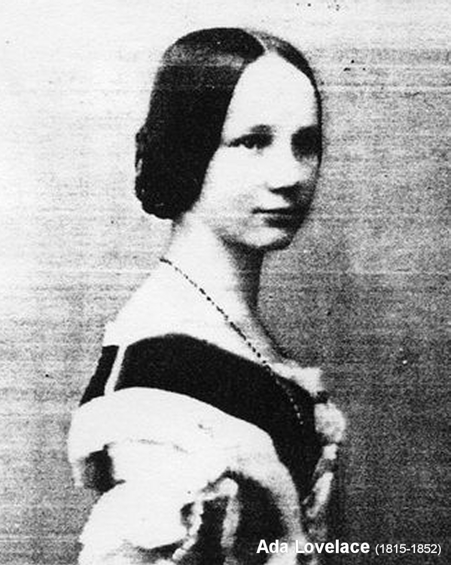
Babbage’s machines piqued Lovelace’s interest in the early quarter of 1833, when she met him through a common acquaintance, private tutor, novelist and a Scottish scientist – Mary Somerville. Her notes on how an Analytical engine can be programmed contributed a great deal to now Computer Programming sector. According to the historian of computing and Babbage specialist – Doron Swade, “In Babbage’s world, his engines were bound by number…What Lovelace saw…was that number could represent entities other than quantity.”
First Birth Control Clinic – Margaret Sanger
Abortion, contraception and birth control have always been debatable topics among thoughtful minds all around the globe, but the pain of ignorance and illiteracy, particularly in the field of Gynecology had instigated millions of deaths. Some were self-induced abortions, or some were miscarriages, rapes, and a lot more. But who was suffering? The sex that is responsible to hold and nurture the foetus and bringing a new life to the world.

Margaret Sanger was lucky enough to be born to a literate family of Michael Hennessey Higgins, and Anne Purcell Higgins. Her father was a student of medicine and phrenology but later find peace in stone masonry and atheism. Margaret also saw her mother suffer due to 18 conceiving, which lead to 11 childbirths and then untimely death at the age of 49. So, from childhood, she knew the power of knowledge and how it could have saved her mother from dying. Later when Margaret served as a nurse, she saw unlimited cases of self-induced abortion and when asked to the doctor a true way to stop this, he laughed and taunted,
“You want your cake while you eat it too, do you? Well, it can’t be done. I’ll tell you the only sure thing to do …. Tell Jake to sleep on the roof.” The incident shook the visceral state of Margaret Sanger and later, along with her sister Ethel Byrne and Fania Mindell, she founded the country’s first birth control clinic in Brownsville, Brooklyn, on October 16, 1916, which was responsible for conducting safe abortions and imparting birth control and parenthood knowledge to all.
Lead To The Invention Of Bullet Proof Jacket – Stephanie L. Kwolek
Born on 31 July 1923 in Pittsburgh, Pennsylvania, U.S. to Polish Immigrants John Kwolek and Nellie Kwolek, Stephanie Louise Kwolek has contributed a major portion in Polymer Chemistry.
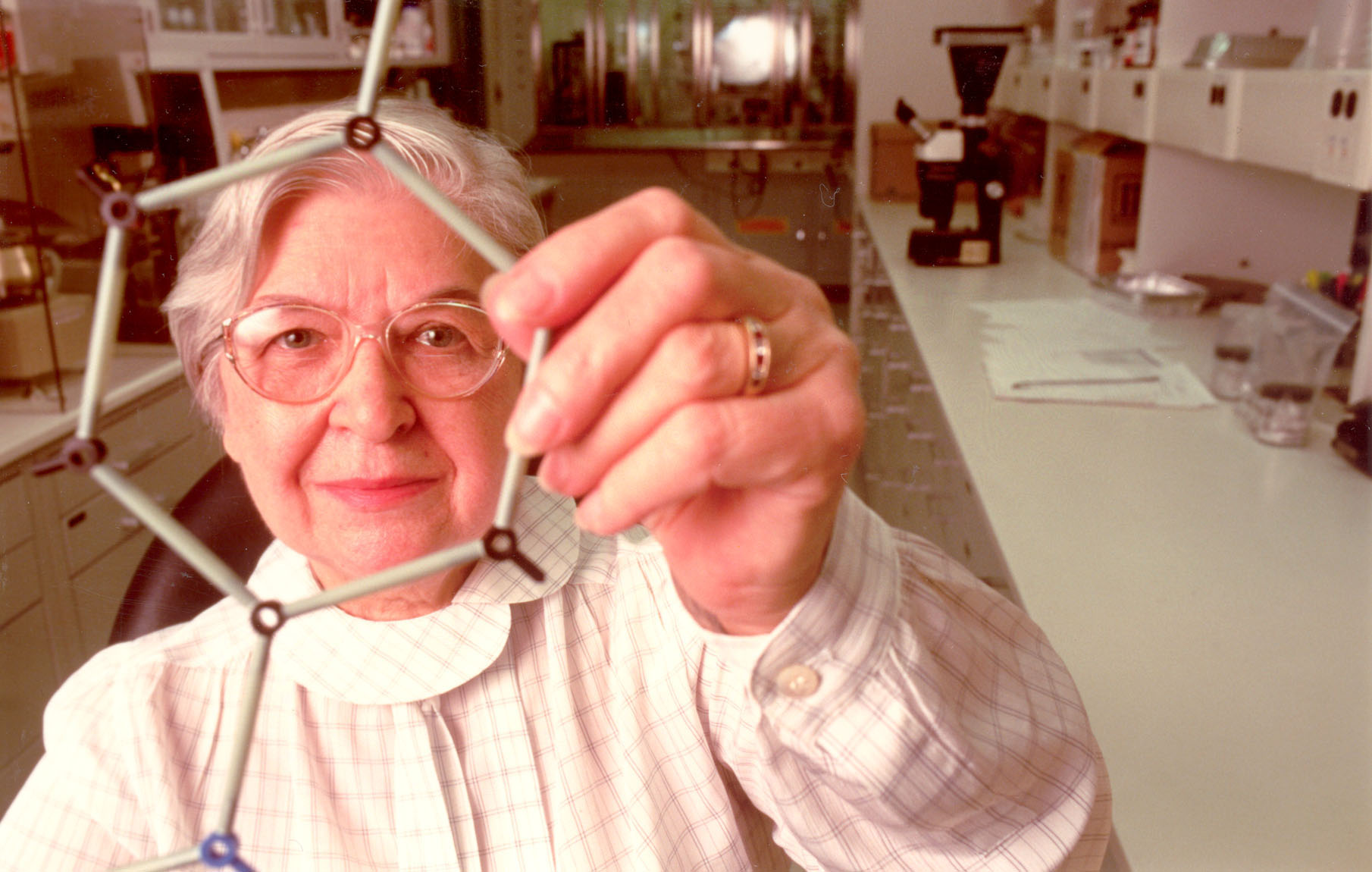
Kwolek was offered a position at DuPont’s in Buffalo, New York, facility in 1946. This is where she got the chance to delve more into the studies of polymer chemistry because of the high reach of the company. The company introduced nylon before World War II and the invention instantly became a hit around the mass. They were also striving to invent something much lighter yet stronger than steel. In 1971, she denied throwing a cloudy waste, which they usually used to dump after the experiments and insisted on testing it. To her amazement, the new fibre was five times stronger than steel and light-weighted. And this is how she invented Kevlar, which is used to make: bullet proof vests, bomb-proof materials, parachutes, airplanes, hurricane-proof rooms, armoured cars and much more.
First Step Towards Cancer Research – Ann Tsukamoto
Ann Tsukamoto was born on July 6, 1952, in California and has earned her Ph. D in immunology and microbiology at the University of California Los Angeles, USA. Though she contributed her talents in the research of the WNT-1 gene and transgenic model for breast cancer, her work on the isolation of Stem Cells has garnered worldwide accolades.

In the early 1990s, Ann Tsukamoto and her coworkers discovered human hematopoietic stem cells and found a way to isolate the stem cell, which later contributed to treating many diseases including Cancer.
First Person To Win Two Nobel Prizes – Marie Curie
Marie Curie or previously named Maria Salomea Skłodowska was born on November 7, 1867, in Warsaw, Poland (then a Russian Empire). She is the only woman who won Nobel Prize in two different fields – Physics and Chemistry in 1903 and 1911 respectively.

Marie with her husband, Pierre Curie discovered Radium and Polonium in 1898. She gave the name ‘Polonium’ to dedicate the research to her motherland – Poland. Her work on radioactivity had earned her Nobel Prize in Chemistry as well.
Amazing Fact: She used to carry radium tubes in her pockets in the laboratory because at that time the harmful consequences of radiations were unknown. Later she died on July 4, 1934, due to high energy radiation.
Founder Of World’s Oldest University – Fatima al-Fihri
In 800 A.D., Fatima al-Fihri was born to a rich merchant, Mohammed Bnou Abdullah al-Fihri of Fez, a city in Morocco. She was an educated woman and a strong believer and thus, after the death of her father, she was determined to build a place for her people, where they can educate themselves and practice their beliefs.
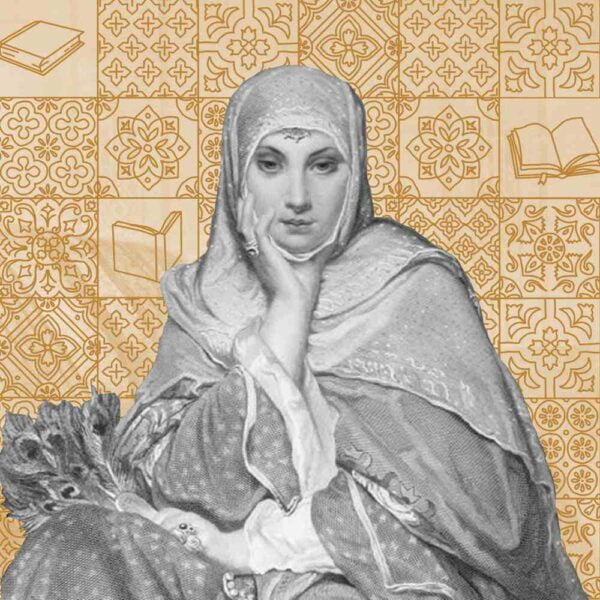
She bought a piece of land there in 859 A.D., just before the month of Ramadan and started to work on her dream project. And this is how she created the world’s first religious, educational institute, which later magnetized many notable names such as Maimonides, a Jewish Philosopher; Ibn Khaldun, a Muslim Historian and Philosopher among many more.
Amazing Fact: Fatima al-Fihri fasted every day until the mosque was completed after 18 years.
Special Mentions
Mileva Maric
One of the most personal favourites of mine, Mileva is a name, which conveys the hardship of women during those days (as well as these). Mileva Maric was a brilliant scientist, mathematician, Physicist and sadly, the wife of Albert Einstein, who left her high and dry after his clandestine relationship with his cousin, Elsa Löwenthal.
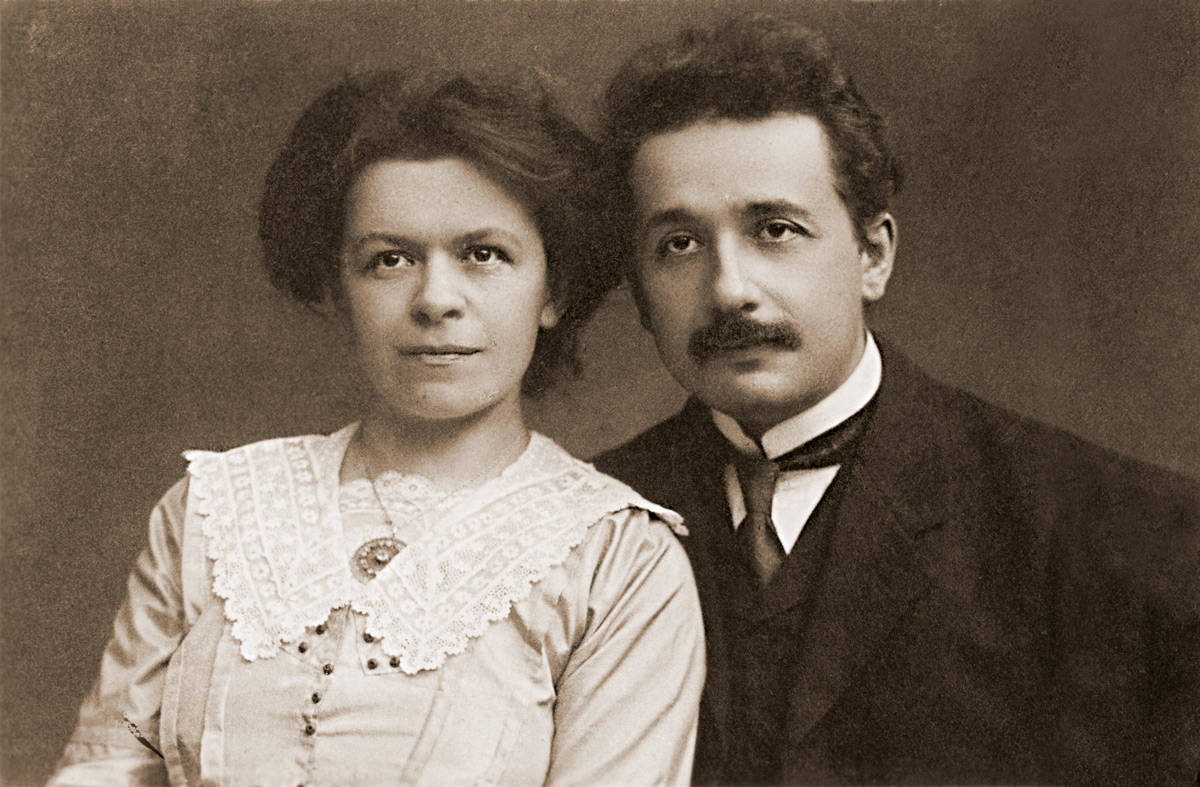
So here is a fantastic list of ‘Do you Know-s’; get ready to be flabbergasted:
- Albert and Mileva conceived their higher studies together at Polytechnic Institute in Zurich.
- Albert hardly attended lectures as he preferred self-studies at home, whereas Mileva was more organised and methodical.
- Mileva got 4.7 grades whereas Albert got 4.6 grades by the end of their studies.
- In Applied Physics, she got 5 and he only 1.
- In experimental Physics, she excelled at it while he did not!
- She was intentionally failed by his mentor, which led her finally resign her career and retreat in the shadows of Einstein.
- Albert’s mother came from a rich family and thus strongly opposed their relationship because she thought her to be too intellectual as a woman.
- They co-worked on their first article on Capillarity but signed only under his name because a woman’s name on an article may carry less weight at that time.
- She gave birth to a girl named Liserl in January 1902 and gave her up for adoption because Albert denied marrying her. They married on 6 January 1903.
- In an event, Albert openly declared and admitted, “I need my wife. She solves for me all my mathematical problems”. For every thesis and theory, they worked together, and Mileva had an equal contribution, which is not yet awarded or known by many.
Well, the list is quite long and if you’re interested to know more about this genius being, you can read the full coverage here.
Rosalind Franklin
The unsung Science hero of Britain, Rosalind Franklin was born on July 25, 1920, in London, England. The scientific journal, Nature published her three articles based on the characteristics and structure of DNA, which later put the foundation of the deep discovery of DNA code.

The photo that helped the duo – James Watson and Francis Crick is to be called Photo-51, which was attached in the file of Franklin’s thesis. Watson shared the experience of seeing the photo as ‘my mouth fell open and my pulse began to race.’. The duo from the University of Cambridge was working on the same section as Franklin and Wilkins, a researcher from King’s College London.

Three years after the death of Rosalind Franklin in 1958, due to ovarian cancer, Watson, Crick and Wilkins were awarded the Nobel prize for their work on DNA structure.
Lise Meitner
An Austrian born scientist, Lisa Meitner was a PhD holder in the field of Physics. She began her work with a Chemist named Otto Hahn in 1907 and together they lead the field of radioactive substances.
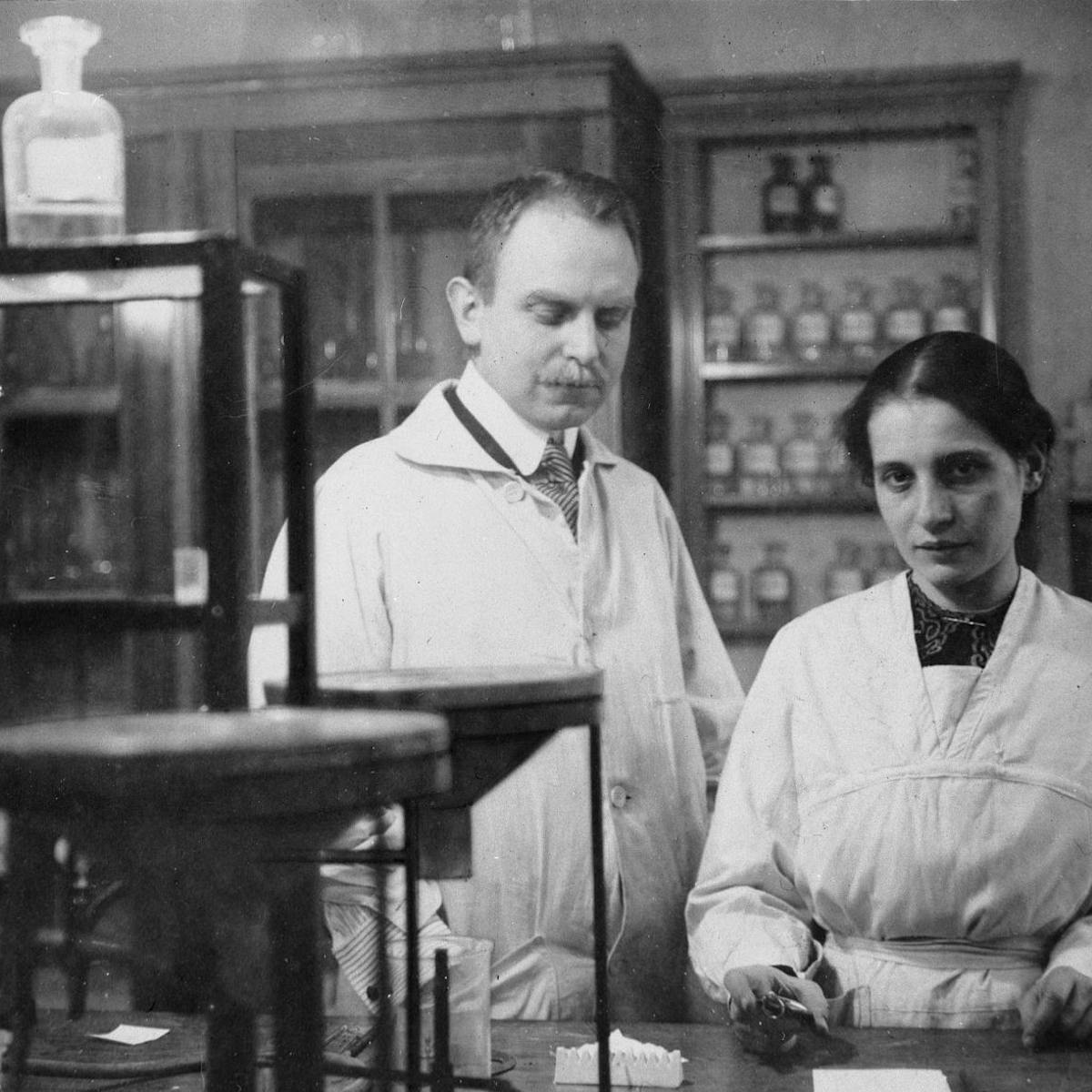
At that time, no one was thinking about Uranium and its radioactive potential but it was only Lisa Meitner who drew the attention of her colleagues, Hahn and Fritz Strassmann into the character study of Uranium. The latter duo performed further tests on a Uranium product after the suggestion of and discussion with Lisa Meitner. They thought it was Radium and only later it was found to be Barium. Otto Hahn published the thesis in his name without mentioning Lisa. Later Fritz and Lisa published the physical insights of the discovery of Otto. In 1945, Otto Hahn was awarded the Nobel Prize for the work of Nuclear Fission, leaving Lisa Meitner’s contribution in complete darkness.
Fun Fact: She discovered the radioactive isotope protactinium-231 in 1917 and has also been known as the ‘the mother of atom bomb’.
Hedy Lamarr
Did you know that Heddy Lamar’s real name is Hedwig Eva Kiesler?
Born to a Jewish family in Austria on 9, November 1914, Heddy is a well-known name in Hollywood. She was an Austrian-American actress who proved her talents not only in acting but also as an inventor.

She delved her mental skills in discovering “secret communication system” or “frequency hopping” that later to be said the foundation of the discovery of Wi-Fi. Though Wi-Fi was discovered by the team of John O’Sullivan and his Australian mates/scientists, Lamarr’s contribution is eminent that also helped to guide radio-controlled missiles underwater.
Along with her friend George Antheil, her discovery was granted a patent in 1942.
From The Writer: It should never be about the sexes but the talents of the beings that should be hailed. These women have given and many more are giving humanity more reasons to cherish the beauty of women, not only on this Women’s Day but every day and time. They have struggled and many are continuing to do so to achieve what has been easily catered to the others. Let’s commemorate it and comprehend the beauty in every being around us.











Leave feedback about this